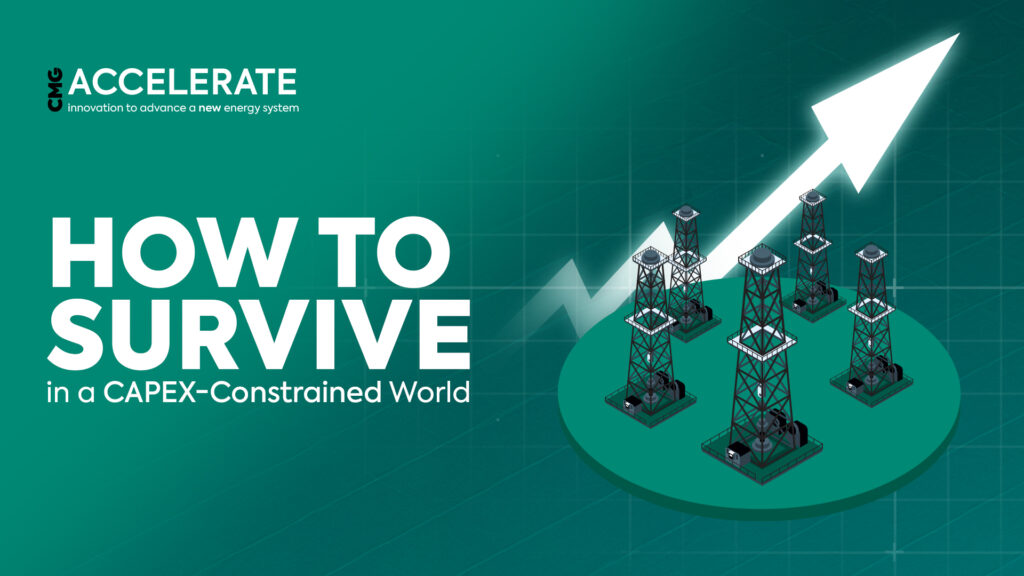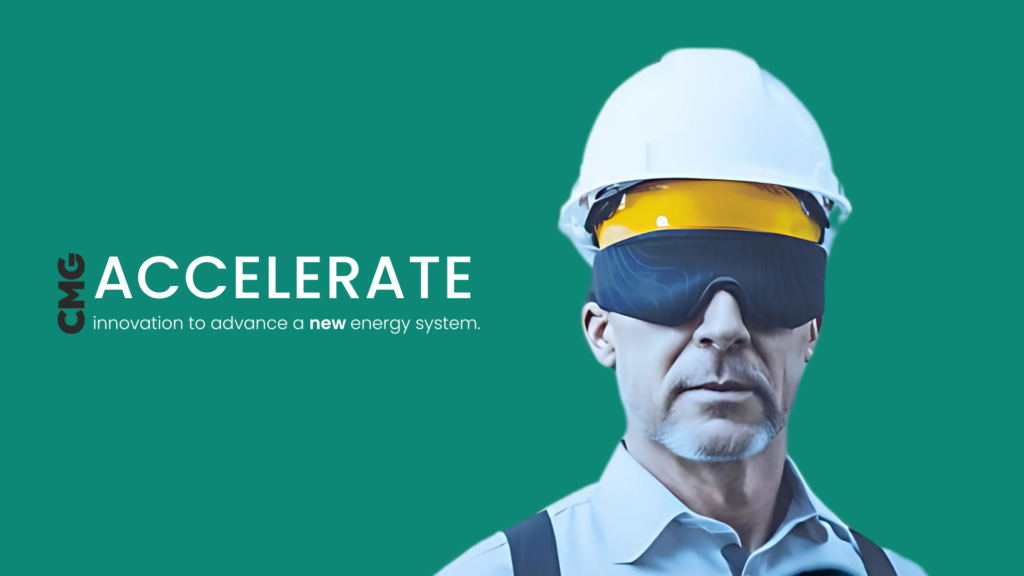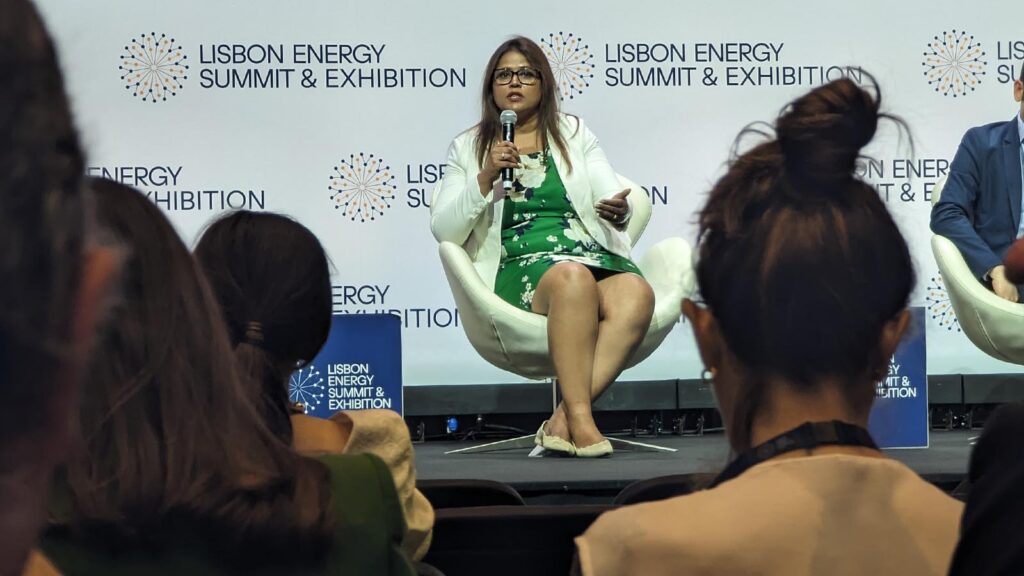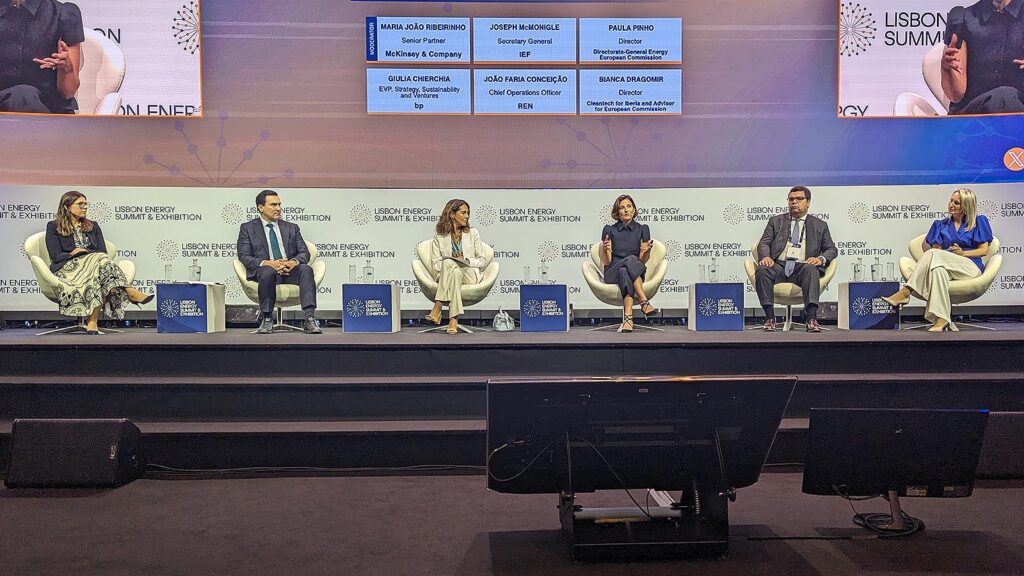The world needs to hit big decarbonization goals by 2050.
And one of the key, well-developed technologies that will help us get there is carbon capture and storage (CCS).
But with the clock ticking on climate change, CCS can only achieve widespread success (i.e. adoption) if everyone in the energy sector is transparent, works together and shares learnings with each other, says Neri Askland, VP of energy transition at Norway’s government-owned oil and gas company, Equinor.
Askland was an early pioneer of the three-step CCS process:
- Capturing and separating CO2 from other gasses
- Transporting it via pipelines, roads and or ships
- Safely storing carbon in deep, underground rock formations
“What has been very important for our company since day one, is that all the data we acquire and produce, is shared in an open-manner for academia and others to utilize,” says Askland.
“This is extremely important because the CO2 storage and transport is new for many places. So that’s why the more you share the data, the better it is for people to similarly do [this].”
While CCS has been recognized as a critical decarbonization process in combating global warming, there’s a notable scarcity of experts in the field, says Anjani Kumar, VP of Customer Success and Consulting at Computer Modelling Group (CMG).
CMG provides global energy transition consulting services, and their modelling and expert advisory services help oil and gas companies maximize efficiencies and mitigate risks in CCS projects.
“With the growing emphasis on CCS, it’s important to acknowledge that while many experts offer valuable insights, it’s unrealistic to expect any single person or company to have all the answers,” says Kumar.
“To make CCS projects successful, I must stress the importance for multiple disciplines to collaborate — whether it’s subsurface or surface engineering, production engineering, risk assessment and mitigation, or expertise in policy and environmental matters — all these specialties need to tie in together to make the process work. Each discipline adds a vital piece to the puzzle.”
The key components to building a CCS “green team”
Advanced modelling reveals where, how, and what amount of carbon can be stored in various geological reservoirs.
Teams, who do not work in silos, but instead, work holistically and draw on collective knowledge are needed to ensure the success of CCS projects, says Kumar.
“They’re very, very important,” he notes. “It’s a highly complex and multifaceted undertaking that involves a range of technical, economic, social, environmental and regulatory challenges.”
These “green teams,” as Kumar refers to them, need to be thoughtfully curated, and include team members who possess a diverse set of skills and can champion CCS initiatives.
Think: everything from technical acumen to effective communication, knowledge sharing, and a collaborative mindset.
Technology and consulting providers like CMG along with its affiliates are an important “piece of this puzzle to create that ideal team,” says Kumar.
“Then there’s government organizations, operators, policy makers, and even operators among different disciplines — everybody has to come together and align with the project objectives so people can learn from each other, and apply their skills and technologies in a multidisciplinary environment.”
Having all these key players on the same board doesn’t guarantee good teamwork though. Askland points out that a transparent exchange of information is also a must for CCS project advancement.
He attributes Equinor’s collaborative, open-source approach to a corporate culture rooted in Scandinavian values.
“It is a very open culture, whether we have an accident or whatever happened, we investigate,” says Askland. “We share the data because it’s all about learning, not what you know today, but how we use that learning for tomorrow. In our culture, you need to share the information. It’s OK.”
It’s hard to argue with the company’s results: “We have some of the lowest carbon intensity of any producer in the world,” Askland says.
When it comes to energy transition, make a 30-year plan — and start today
Increasing global temperatures and commitments under international agreements, make the stakes especially high as we collectively aim to reach net-zero carbon emissions, in less than three decades.
Askland is used to thinking in 30-year time frames though. His team has set goals for implementing increasingly more renewable and low-carbon energy solutions by 2030, 2035 and 2050, respectively. But they are already working on how to achieve them, right now.
“We are running out of time … we are far from doing what we are supposed to do in order to reach the one and a half degree target,” he says.
Askland explains that the investments and solutions needed to achieve our climate change goals are massive, and can’t be accomplished overnight.
“It’s about risk management and challenging margins, and moving our capital to execute these things. So that’s why it takes time to develop large scale projects and deliver long-term, scaled solutions.”
With lengthy time frames like these, it’s all the more necessary to work openly with all the players in the energy sector to develop solutions that can be scaled over decades, Askland reiterates.
“You need to work with governments — I’m talking both about policymakers and regulators — end users and partners, in order to realize these projects,” he concludes.
Sign up to receive newsletter updates from Accelerate on LinkedIn.







